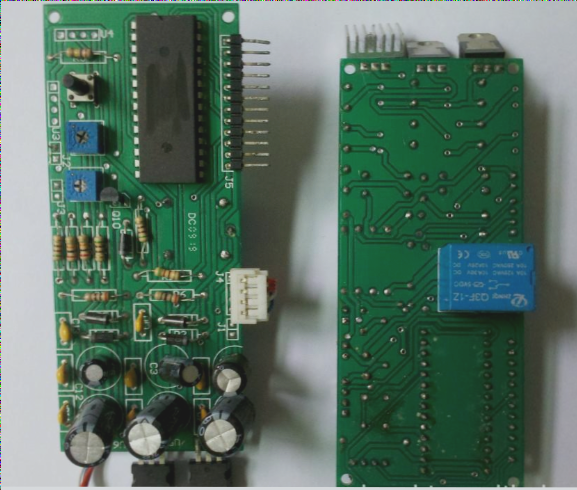Introduction to Circuit Board Soldering
Circuit boards and PCB soldering technologies have advanced significantly in recent years, especially with the emergence of reflow soldering techniques. Traditional through-hole components can now be soldered using reflow methods, known as through-hole reflow soldering, which offers the advantage of completing all solder joints simultaneously, reducing production costs. However, the use of temperature-sensitive components can limit reflow soldering applications. As a result, selective soldering has gained attention as a cost-effective solution for completing remaining through-hole components after reflow soldering, while remaining compatible with future lead-free soldering initiatives.
The Importance of Solderability in Circuit Board Soldering
Poor solderability of circuit board holes can lead to soldering defects, affecting component performance and potentially causing circuit failure. Solderability refers to the ability of a metal surface to be wetted by molten solder, forming a uniform adhesion layer. Factors influencing solderability include:
- Composition and characteristics of solder
- Welding temperature and cleanliness of the metal surface
- Warpage-related welding defects
- Impact of circuit board design on welding quality
Latest Insights on Circuit Board Soldering
1. The composition and characteristics of solder are crucial for successful soldering. Solder materials, including flux, play a vital role in the welding process. Common alloys like Sn-Pb or Sn-Pb-Ag must have controlled impurity content to prevent oxide formation. Flux enhances solder wetting by facilitating heat transfer and removing oxidation.
2. Welding temperature and surface cleanliness significantly influence solderability. High temperatures can accelerate solder diffusion, leading to rapid oxidation and defects. Contaminants on the board surface can cause issues like tin beads and open circuits.
3. Warpage-related defects can occur due to temperature imbalances and component height variations, leading to issues like cold joints and short circuits.
4. Circuit board design optimization is essential for welding quality. Minimizing wiring, securing heavy components, addressing heat dissipation, and arranging components parallelly can enhance aesthetics and facilitate mass production.
For more information on PCB fabrication and design, visit Well Circuits.





